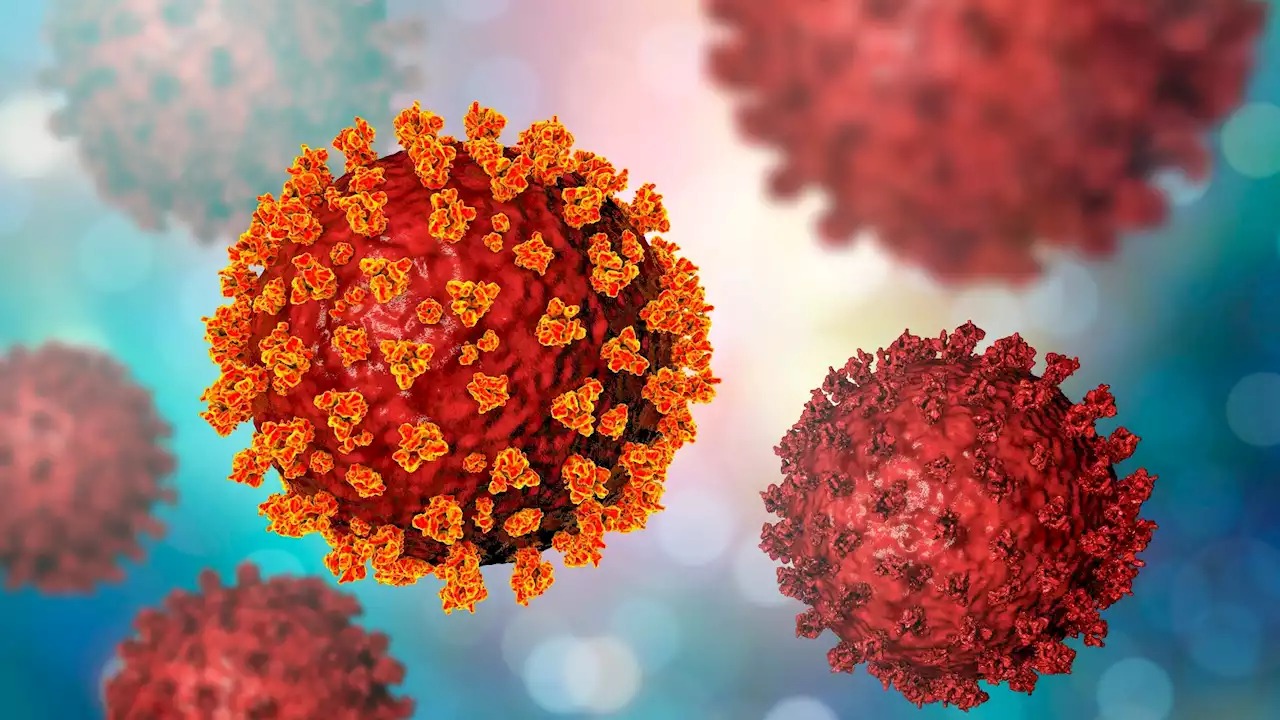New research in the Virology Journal suggests that chickens could become intermediate hosts for newly emerged SARS-CoV-2 variants, posing a potential threat to public health. The study identifies AXL and ACE2 receptors in chickens as likely binding sites for the virus, highlighting the need for further research and preventive measures.
By Dr. Priyom Bose, Ph.D.Sep 5 2023Reviewed by Benedette Cuffari, M.Sc. A recent Virology Journal study evaluates cross-species transmission of newly emerged severe acute respiratory syndrome coronavirus 2 variants between humans and poultry species.
Various animals in close contact with humans have been found to be infected with SARS-CoV-2, which could be due to mutations in the spike protein of the virus and host receptors. Several studies have confirmed the ability of the receptor binding domain of the SARS-CoV-2 S protein to interact with the angiotensin-converting enzyme 2 , including those found in several species, such as horses, monkeys, and sheep.
In both experimental and natural infection settings, poultry are considered unlikely intermediate hosts of SARS-CoV-2 VOCs. Nevertheless, the rapid evolution of SARS-CoV-2 has indicated an increased transmission capacity of this virus. Thus, it is important to understand whether continuous mutation of SARS-CoV-2 will enable poultry to become an intermediate host.
Study findings The protein sequence alignment and interspecific protein modeling of the amino acid sequences of AXL and NRP1 predicted the likelihood of chickens being intermediate hosts of SARS-CoV-2 VOCs.
Australia Latest News, Australia Headlines
Similar News:You can also read news stories similar to this one that we have collected from other news sources.
 Study characterizes SARS-CoV-2 subvariants to inform development of next-generation COVID-19 vaccinesResearchers characterized two novel SARS-CoV-2 XBB variants, EG.5.1 and XBB.2.3.
Study characterizes SARS-CoV-2 subvariants to inform development of next-generation COVID-19 vaccinesResearchers characterized two novel SARS-CoV-2 XBB variants, EG.5.1 and XBB.2.3.
Read more »
 SARS-CoV-2 Eris variant spreads faster and dodges immunityStudy investigates the characteristics of the EG.5.1 'Eris' variant of SARS-CoV-2, finding it more transmissible among hamsters and slightly better at evading immunity compared to the XBB.1.5 variant. The results suggest that these properties could be driving the variant's increasing prevalence in human populations.
SARS-CoV-2 Eris variant spreads faster and dodges immunityStudy investigates the characteristics of the EG.5.1 'Eris' variant of SARS-CoV-2, finding it more transmissible among hamsters and slightly better at evading immunity compared to the XBB.1.5 variant. The results suggest that these properties could be driving the variant's increasing prevalence in human populations.
Read more »
![]() Tracking viral transmissions between humans and animals could help identify successful SARS-CoV-2 mutationsThe COVID-19 pandemic was probably caused by the transmission of the SARS-CoV-2 virus from animals to humans, and it has been reported anecdotally that the virus can pass from humans to different animal species, too.
Tracking viral transmissions between humans and animals could help identify successful SARS-CoV-2 mutationsThe COVID-19 pandemic was probably caused by the transmission of the SARS-CoV-2 virus from animals to humans, and it has been reported anecdotally that the virus can pass from humans to different animal species, too.
Read more »
 Study investigates the pathophysiological mechanisms of PASC after COVID-19Researchers investigated early pathophysiological mechanisms potentially underlying PASC post-SARS-CoV-2 infection.
Study investigates the pathophysiological mechanisms of PASC after COVID-19Researchers investigated early pathophysiological mechanisms potentially underlying PASC post-SARS-CoV-2 infection.
Read more »
 How SARS-CoV-2 hijacks Fragile X proteins to fuel infection: New clues in COVID-19 and genetic disordersStudy explores the interaction between SARS-CoV-2's non-structural protein 3 (NSP3) and proteins related to Fragile X mental retardation (FMRPs), shedding light on COVID-19 pathophysiology. The research suggests that the virus exploits these host cell proteins for effective infection and possibly interferes with antiviral defense mechanisms, offering new insights into the genetic basis of Fragile X syndrome.
How SARS-CoV-2 hijacks Fragile X proteins to fuel infection: New clues in COVID-19 and genetic disordersStudy explores the interaction between SARS-CoV-2's non-structural protein 3 (NSP3) and proteins related to Fragile X mental retardation (FMRPs), shedding light on COVID-19 pathophysiology. The research suggests that the virus exploits these host cell proteins for effective infection and possibly interferes with antiviral defense mechanisms, offering new insights into the genetic basis of Fragile X syndrome.
Read more »
 SARS-CoV-2 spike protein could be speeding up Alzheimer's and other brain diseases, says new studySwedish researchers find that SARS-CoV-2's spike protein amyloids can accelerate the formation of harmful protein aggregates related to neurodegenerative diseases like Creutzfeldt-Jakob and Alzheimer's. The study suggests a potential link between COVID-19 and increased cases of these brain disorders.
SARS-CoV-2 spike protein could be speeding up Alzheimer's and other brain diseases, says new studySwedish researchers find that SARS-CoV-2's spike protein amyloids can accelerate the formation of harmful protein aggregates related to neurodegenerative diseases like Creutzfeldt-Jakob and Alzheimer's. The study suggests a potential link between COVID-19 and increased cases of these brain disorders.
Read more »
